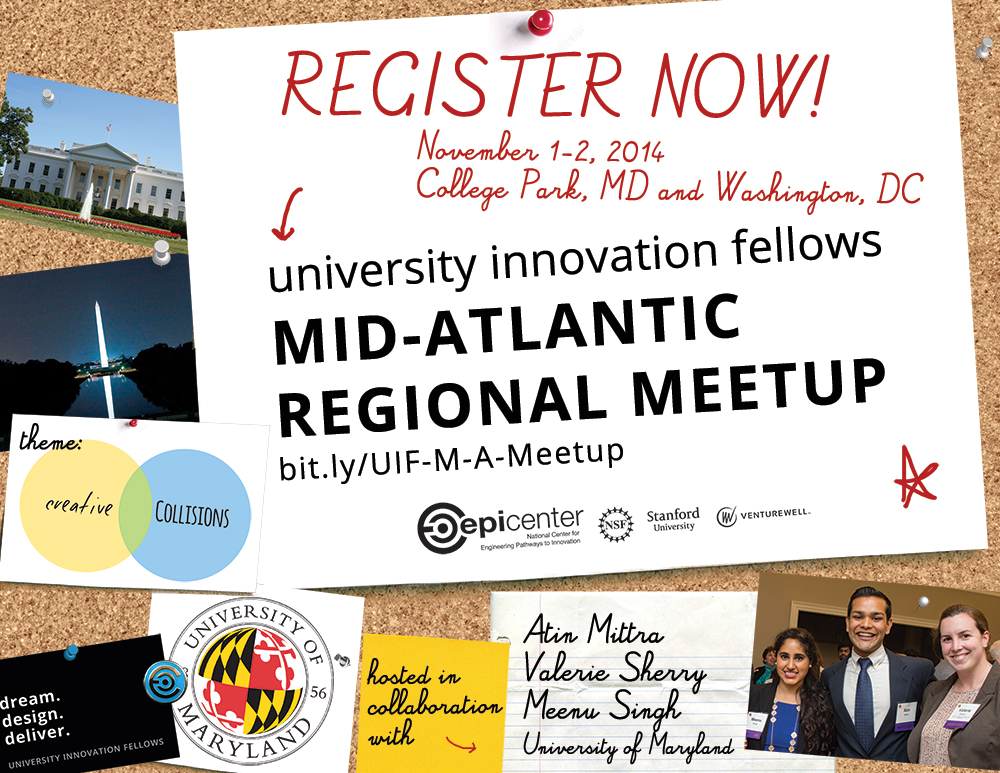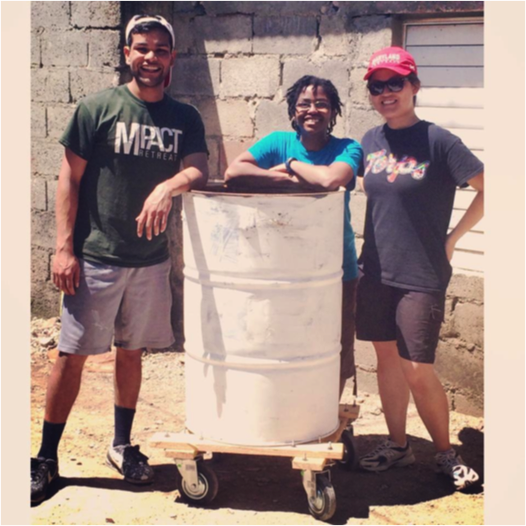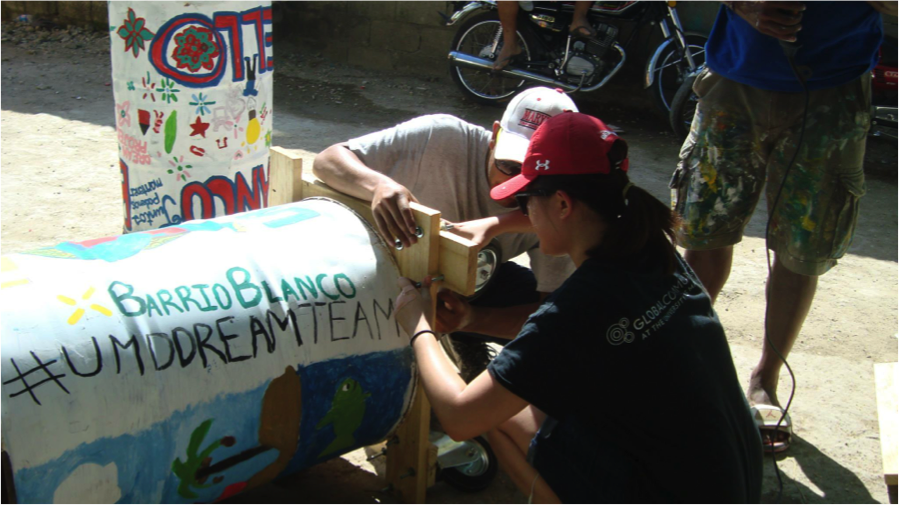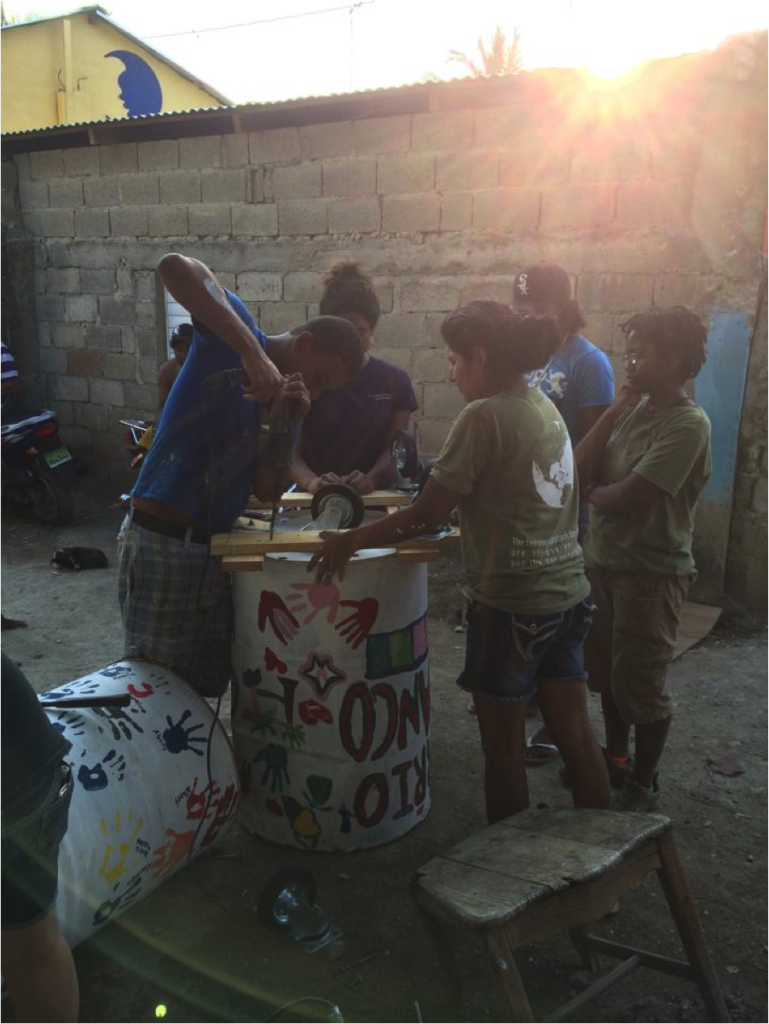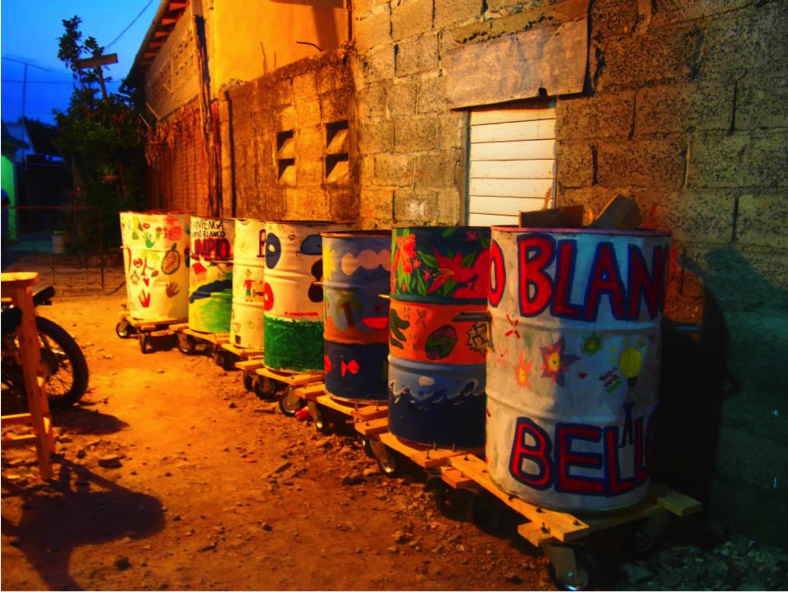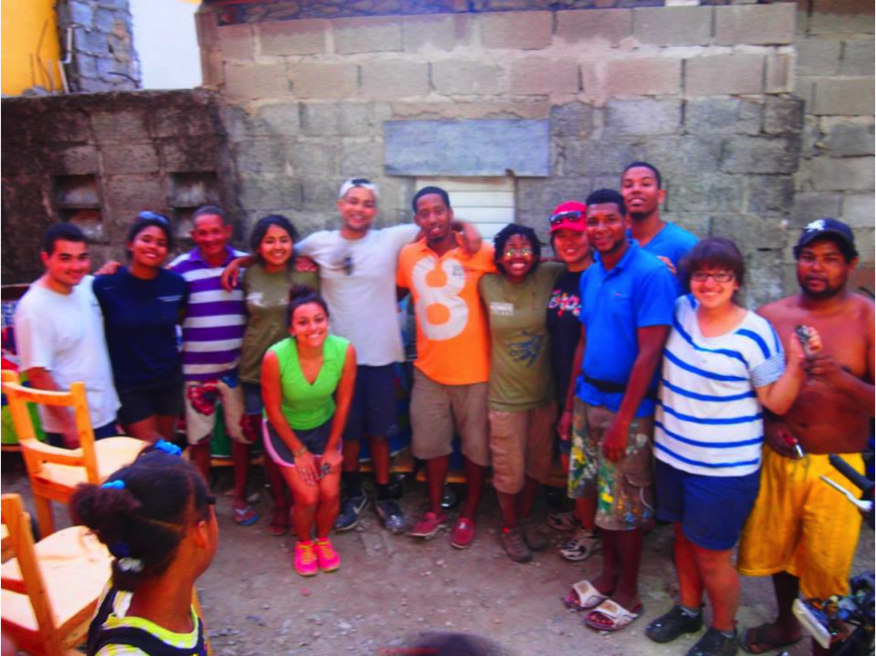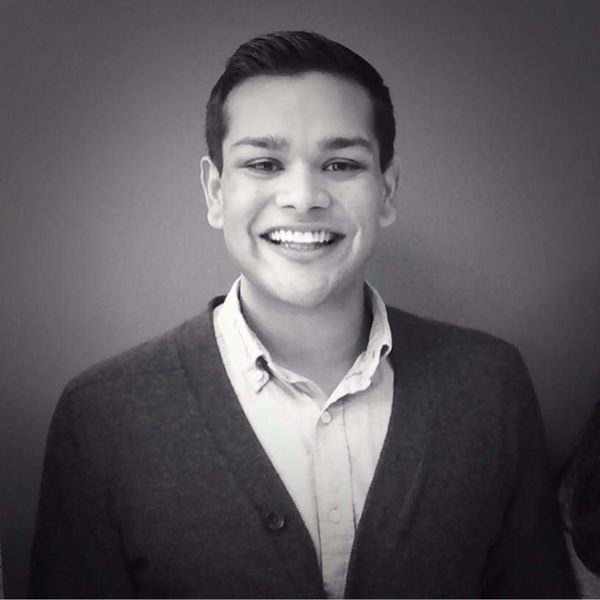$31mm OculusVR Founders’ Gift to UMD Linked to Fellows
Also in this post: Fellows Attend Mid-Atlantic Meetup To Learn and Discuss Strategies To Expand I&E
—
During the course of last month’s training, we learned there was an even stronger tie-in than we thought between our University Innovation Fellows at the University of Maryland (UMD) and the $31mm gift to the University by Brendan Iribe (along with his co-founder and mother), after the company’s sale to Facebook. Apparently, what was going to be about $1mm scholarship gift, turned into the largest gift ever in UMD history due in part to a combination of Fellows-related factors. The following video is an excerpt of the training session where we learned the news, featuring Dean Chang, the Associate Vice President of Innovation & Entrepreneurship who sets the record straight with Fellow Mackenzie Burnett about just how instrumental a role the Fellows played in securing the deal (click on the video below to view):
[youtube https://www.youtube.com/watch?v=js_eMoGeALA&w=560&h=315]
The video Chang references is a project pitch video, required of all Fellows during training, that was created by Meenu Singh and Atin Mittra in spring 2014 . Candidates who state their bold vision are much more likely to be successful when they are launched as Fellows on their campus. But, what Singh and Mittra didn’t expect was that the video would be shown to 350 Engineering Deans by Epicenter Director and Professor at Stanford, Tom Byers, at last year’s Engineering Deans Institute (EDI Conference). In the video, the students highlight one of the largest hackathons in the country, Bitcamp, (co-led by Burnett, a recent Fall 2014 Fellow) and raise the provocative question, “Why should all these cool projects happen outside of the classroom?” It’s a question Fellows ask all their institutions and work to address with extra-curricular activities and collaboration with faculty/administration on curricular change. Bitcamp was a perfect example of how a group of UMD students co-led by a Fellow successfully worked with the President, the Provost, the Deans of Computer, Math and Natural Sciences and Engineering, and other key organizations to create an amazing real world, team-based, experiential innovation opportunity for students. In fact, the Oculus co-founders cited the student leadership and the student outcomes of Bitcamp as one of the significant reasons behind their desire to turn what was initially a much smaller scholarship gift into a $31mm donation towards a new Center for Computer Science and Innovation (click on the videos below to view):
[youtube https://www.youtube.com/watch?v=TI1TZeWU16E]
What kinds of cool projects could be linked to classroom learning? Here’s an inside look at the types of creative ideas students get to explore at Bitcamp:
[youtube https://www.youtube.com/watch?v=pGkALQPU8ds&w=560&h=315]
This isn’t the first time Fellows have helped land a major fit that is strategic to campus Innovation & Entrepreneurship efforts. Last year, Jared Karp and Adam Eastman were instrumental in securing $20mm from Paul Jacobs, the CEO & Chairman of Qualcomm and there have been many other wins between $25,000 and $3mm for maker spaces, courses, workshops, TEDx events and other student-led interventions.
Student Influence, IMHO (aka In My Humble Opinion)
Note that students took partial credit for their role in the gift, but the faculty perspective revealed the real difference it made. Chang refers to the Bitcamp founder as being ‘overly modest’. It strikes me that Fellows may not realize the ripple affect they’re having on their campus. What are the ways that students can be more attuned to these influences and leverage them accordingly? Humility is a wonderful thing, but for students trying to intentionally affect positive change on campus, how might we help them understand the cause and affect relationship to achieve even greater impact?
This student influence is vital because universities, despite the best intentions and efforts, are unable to change on their own. The book College Unbound keeps me up at night. Higher education is still the single biggest equalizer. It is the best chance we have to ensure that a broken K-12 system can be compensated for by the opportunity a degree might afford everyone. BUT, the business of higher education is a bit of a mess right now, and exposing students to innovation & entrepreneurship falls somewhere on the lower half of the top priority list at most institutions. In my mind, it is the key to their success.
Great I&E programs instantly turn on student engagement, and students, when engaged, can help the administration tackle just about any problem or opportunity at hand. If student retention is an issue, put students on the task. Do you need more diversity in programs? Assemble a team of students to develop strategies. Are there not enough women majoring in engineering? Get the students working on the message and programming needed to resonate with women. This is Business 101. If you want your product to succeed, co-design it with your customer. Students have the key to higher education’s problems. Many faculty and administrators have a hard time with this. They feel they are paid to be all-knowing. The beauty, however, is that faculty and administration who ‘let go’ and empower students, experience success and are then seen as the heroes. They are celebrated for leveraging the work and passion of the students. Take Dean Chang, for example. Ultimately, Dean benefits from the role his team (including students) played in securing the $31mm gift which is why he’s doubling down and sponsoring another three for a total of six Fellows.
But Students Come and Go
It doesn’t matter that a student’s impact is only felt for 4 years when they can give faculty and administration the impact to achieve change in ways that current academic structures cannot. The Fellows program works because it exposes regular, but passionate students, to a systems thinking approach to change within higher education. Candidates are taken through a process during training whereby they are exposed to all the assets that exist in support of their mission, organizing those assets by the function they serve and the connectedness between stakeholders within the system. They begin to connect the dots between highly-functional activity and not-so-functional activity. They learn from peers across the nation who are in their video-conference training sessions (like the one above) and discover models that might work for their unique campus assets and strengths, as they develop their own plans to expand innovation and entrepreneurship on campus. They are required to jump many hoops during an intense six-week period. Not everyone makes it. Not everyone wants to make the world a better place and is willing to sacrifice the time and effort to get there. The ones that do approach their mission with seriousness and recognize that while many see I&E training as important, these students view it as the one thing that will save our nation. If every student going through higher education is exposed to training that will make them more creative and resilient; if every student cultivated their inherent leadership qualities; if every student honed their entrepreneurial mindset, we would be a different nation. Our youngest, brightest and most optimistic would enter the workforce adaptable and able. They would have a mindset of producing rather than consuming. They would be creators of opportunity and solvers of some of the biggest challenges of our time.
Nov 1-2: UMD Fellows Host Mid-Atlantic Regional Meetup
After such an amazing announcement, what better time than now, for Fellows from across the nation to descend on the University of Maryland to discuss and develop creative strategies for expanding innovation and entrepreneurship. Under Dean Chang’s leadership, UMD has put students (and a couple of freshly minted grads) in the driver’s seat of expanding student engagement in I&E under The Academy. The results have been profound with student-led gateway courses, pop-up workshops, innovation spaces and more. Now, UMD Fellows are gathering their ‘intel’ on creative strategies for engaging students across campus and hosting the first-ever Mid-Atlantic Meetup. Peers from across the nation will gather in Washington D.C. and at the UMD campus to participate in interactive sessions designed to stimulate creative thinking about new models to implement on their own campuses. The theme of the meetup is ‘Creative Collisions’, refering to the exciting ways UMD students are infusing traditional I&E tools and methods into a variety of facets of student life. The event is by invitation-only for University Innovation Fellows, their faculty sponsors and invited guests. For more information, contact Katie Dzugan.
Students will also be able to meet the students and faculty pivotal to the Iribe win. For more information about the gift, read the Washington Post announcement. The University also posted a video announcement featuring Iribe, included below.
We’re extremely excited for a whole slew of new project pitch videos that have just hit the street this month, launching 58 new Fellows on campuses throughout the U.S. Let’s see what the next several months will hold.
~Humera Fasihuddin, Leader, University Innovation Fellows
On Twitter: @ihumera
[youtube https://www.youtube.com/watch?v=IZd7vO2UIBk]

